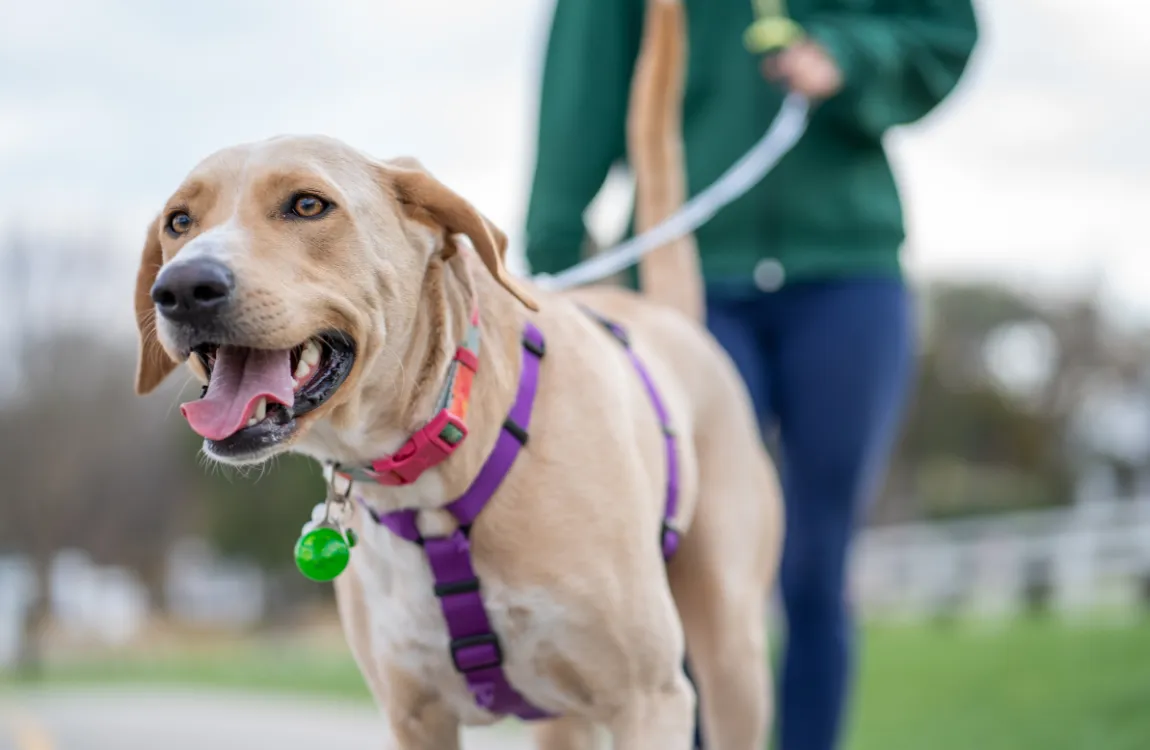Are you wondering how to stop dog from pulling on leash? If your peaceful walks have turned into a battle of wills, you’re not alone. Many pet owners face this common challenge, but the good news is that with the right techniques, it’s a behavior that can be corrected.
In this guide, we’ll explore gentle yet effective methods to establish good leash manners and learn how to stop your dog from pulling on a leash. Leash walking etiquette and build leash manners positive reinforcement is key in dog training incorporate leash manners into your routine. By the end, you’ll have the knowledge and tools to ensure that every walk with your furry friend is enjoyable and tug-free.
Understanding Why Dogs Pull on the Leash
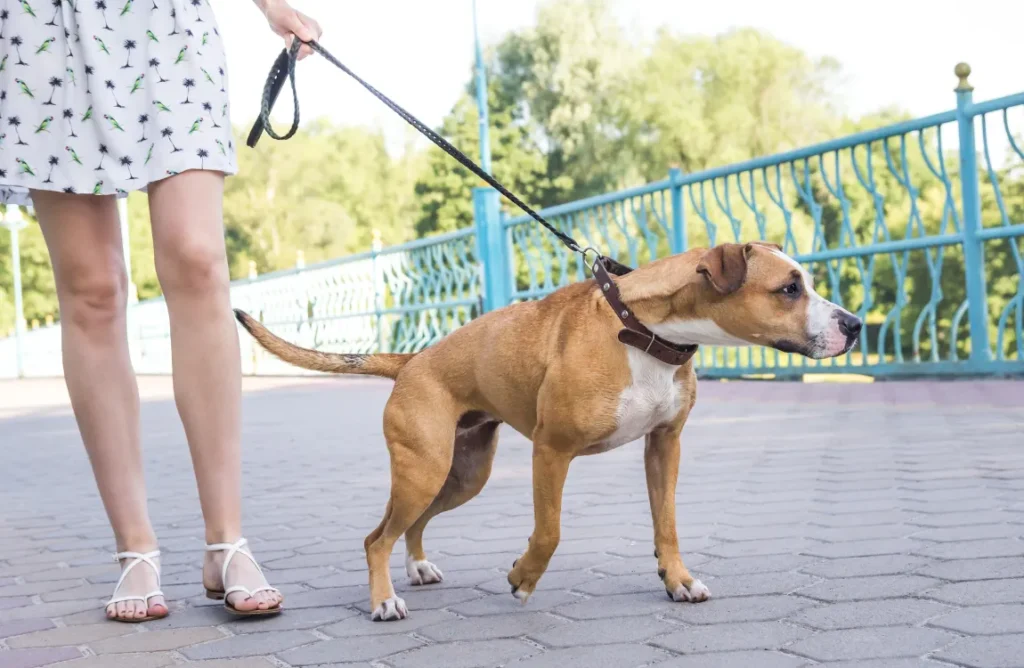
Before we delve into the techniques, it’s important to understand why every dog pulls on their leashes in the first place. In most cases, it’s simply because they’re curious and eager to explore their surroundings. Furthermore, the dog could start pulling due to fear or anxiety, or even excitement at seeing other people or dogs. Lastly, it could also be a result of a lack of dog training.
The Basics of Leash Training
Leash training is essential for teaching dogs to walk politely by your side without pulling or straining against the leash. Consistency, patience, and positive reinforcement are key to successful training. Choosing the right equipment, such as harnesses or head halters, can provide more control and reduce pulling.
Start training in a low-distraction environment, using treats and praise to reward calm walking. Gradually increase distractions and challenges, practicing in different environments. Remember, leash training takes time and patience, so celebrate small victories along the way.
7 Proven Techniques on How to Stop Your Dog From Pulling on Leash
Are you tired of being pulled around every time you take your furry friend for a walk due to tension on the leash? Pulling on a leash can turn a pleasant stroll into a frustrating experience for both you and your dog. But fear not, with the right techniques, you can teach your dog to walk politely on a leash without all the tugging and pulling. Here are seven tips to help you stop your dog from pulling on the retractable leash:
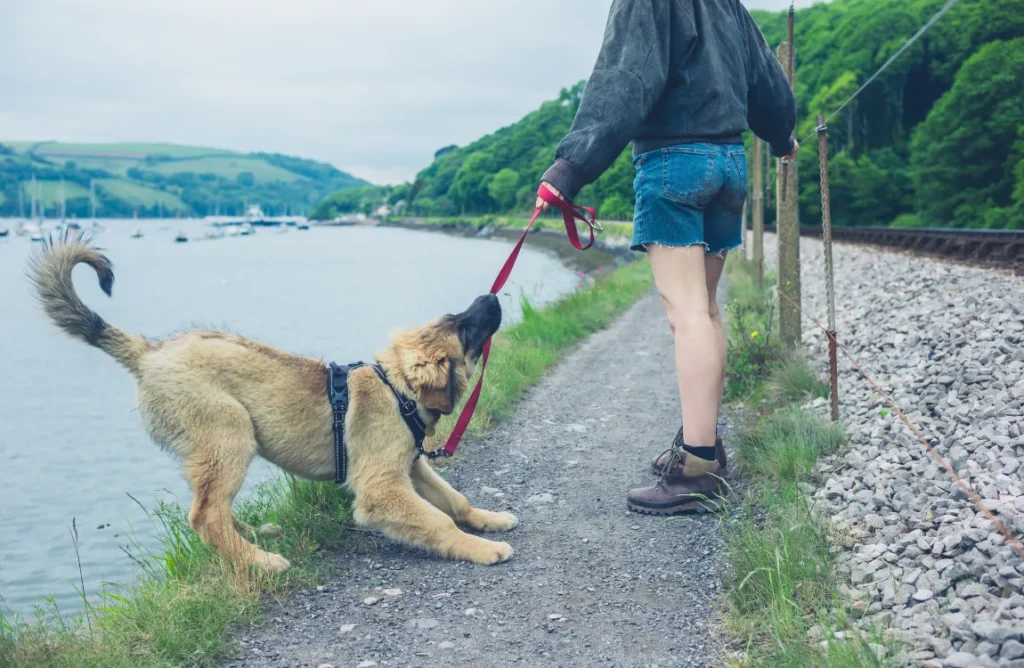
1.Choose the Right Equipment:
Selecting the appropriate gear is crucial for successful leash training to keep your dog by your side. While traditional collars and leashes work for some dogs, others may benefit from harnesses or head halters. Experiment with different options to find what provides the most control and reduces pulling for your dog.
2.Start Training in a Low-Distraction Environment:
Begin leash training in a quiet, familiar setting like your backyard or a calm park. This allows your dog to focus on learning leash manners without too many distractions. Use treats and praise to reward your dog for walking calmly by your side.
3.Use Positive Reinforcement:
Positive reinforcement is crucial for leash training success and can greatly assist in training your dog. Whenever your dog walks nicely on the leash without pulling, make sure to reward them with treats and verbal praise. This will encourage them to repeat the desired behavior, such as walking without pulling on a leash.
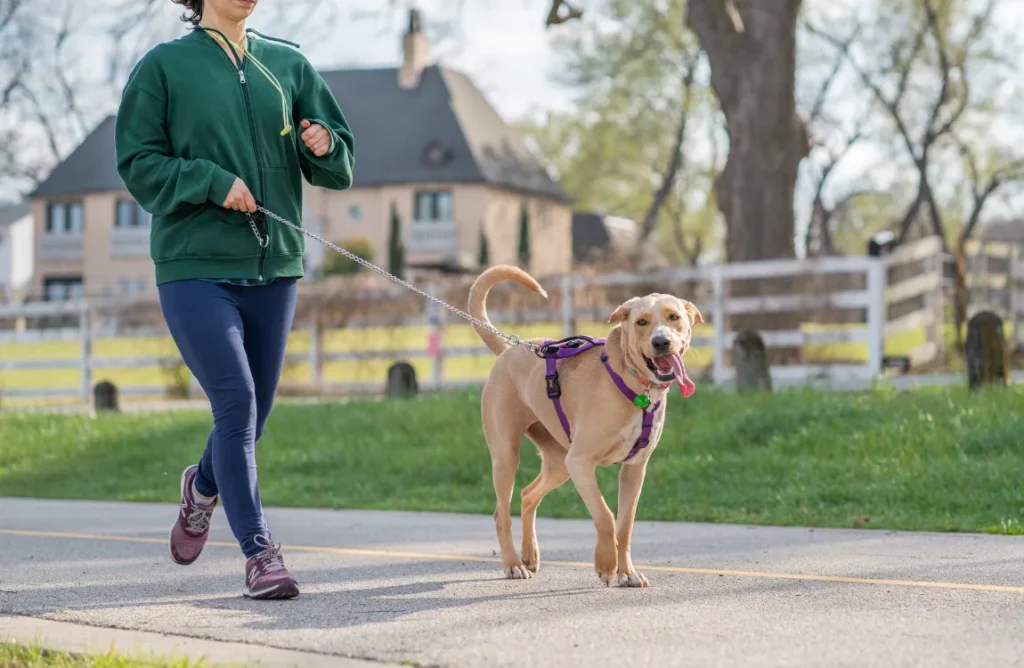
4.Be Consistent:
Consistency is essential in leash training. Establish clear expectations for your dog’s behavior on the leash and stick to them to reduce any tension on the leash. Reinforce good behavior consistently, and avoid inadvertently rewarding pulling.
5.Gradually Increase Distractions:
As your dog becomes more comfortable walking on a leash, gradually introduce distractions into your training sessions. Start with mild distractions and progressively work up to more challenging environments, such as busy streets or crowded parks when teaching your dog good leash manners.
6.Redirect Attention:
When your dog starts pulling on the leash, redirect their attention back to you at the other end of the leash. Use treats or a favorite toy to regain their focus and encourage them to walk by your side. This helps teach your dog to pay attention to you rather than pulling on the leash.
7.Stay Patient and Persistent:
Leash training takes time and patience. Be patient with your dog as they learn and celebrate each small victory along the way. Stay persistent in your efforts to train your dog, and don’t get discouraged by setbacks. With dedication and consistency, you can teach your dog to walk politely on a leash and enjoy stress-free walks together.
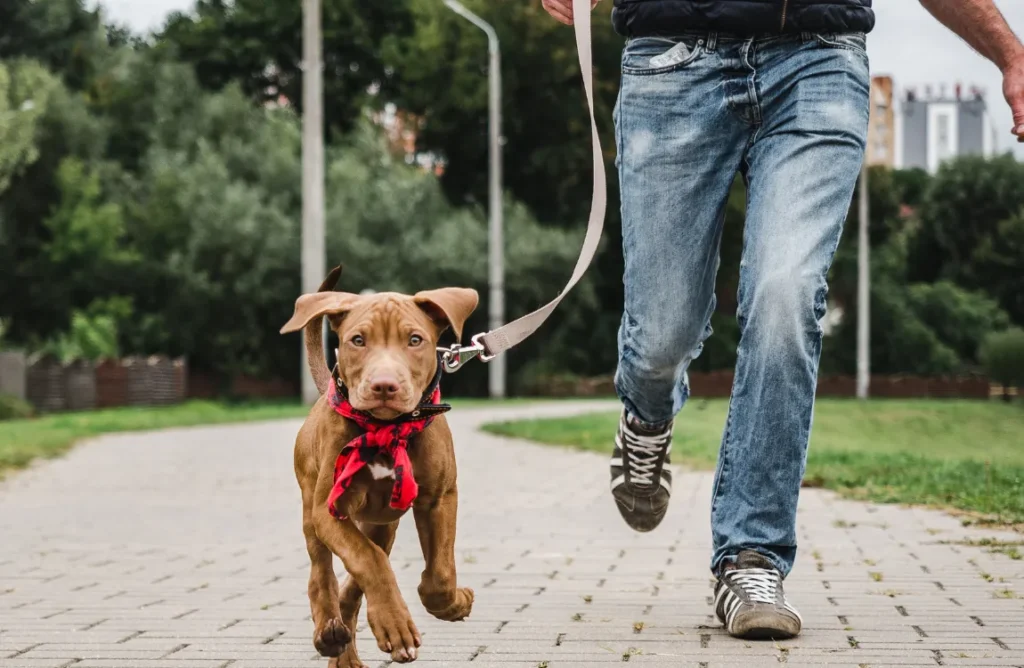
What is loose leash walking, and does it help?
Loose-leash walking is when a dog walks calmly beside their owner on a loose leash without pulling. It’s an essential skill for all dogs to learn, making walks more enjoyable and safer for both pet and owner.
Teaching your dog to walk on a loose leash involves training them to stay close without pulling. It requires patience, consistency, and positive reinforcement. Your dog can learn to stop pulling and make it a habit
Conclusion
Leash pulling can be a challenging behavior to deal with, but with the right training and consistent dog training, it can be corrected. By understanding why dogs pull on the leash, using positive reinforcement techniques, and being patient and persistent in your efforts, you can teach your dog to walk politely by your side without all the tugging and pulling.
To stop leash pulling, remember these tips: choose the right equipment, start training in a low-distraction environment, and gradually introduce distractions as your dog’s progress improves. With time and dedication, you and your furry friend can enjoy peaceful walks together, as long as your dog doesn’t pull at the end of the leash. So don’t give up! Keep practicing these techniques, and soon you’ll confidently let your dog walk without pulling
Frequently Asked Questions
How can I get my dog to stop pulling on the leash?
Using positive reinforcement techniques, choosing the right equipment, starting in a low-distraction environment, and gradually introducing distractions can help stop your dog from pulling on the leash. Remember to be patient and consistent with your training efforts.
What is the best equipment for leash training?
The best equipment for leash training or to stop a dog from pulling will vary depending on the every dog’s size and behavior. Some options include traditional collars and leashes, harnesses, and head halters. Experiment with different options to find what works best for your dog.
How do I stop my leash from pulling in 5 minutes?
Stopping leash pulling in five minutes is unlikely, as it takes time and consistency to train a dog to walk politely on a leash. Be patient and persistent in your efforts, and celebrate small victories along the way.
How do you discipline a dog that pulls on the lead?
Disciplining a dog for pulling on the lead is not recommended. It can be counterproductive and harm your relationship. Instead, focus on positive reinforcement techniques like treats or praises. Encourage your dog to not pull on the leash and promote good behavior. Seek advice from a professional dog trainer if needed.
How long does it take to train a dog to stop pulling on leash?
The time it takes to train a dog to stop pulling on the leash will vary depending on the dog’s age, behavior, and consistency in training efforts. It may take several weeks or even months for some dogs to learn this behavior as a habit.
